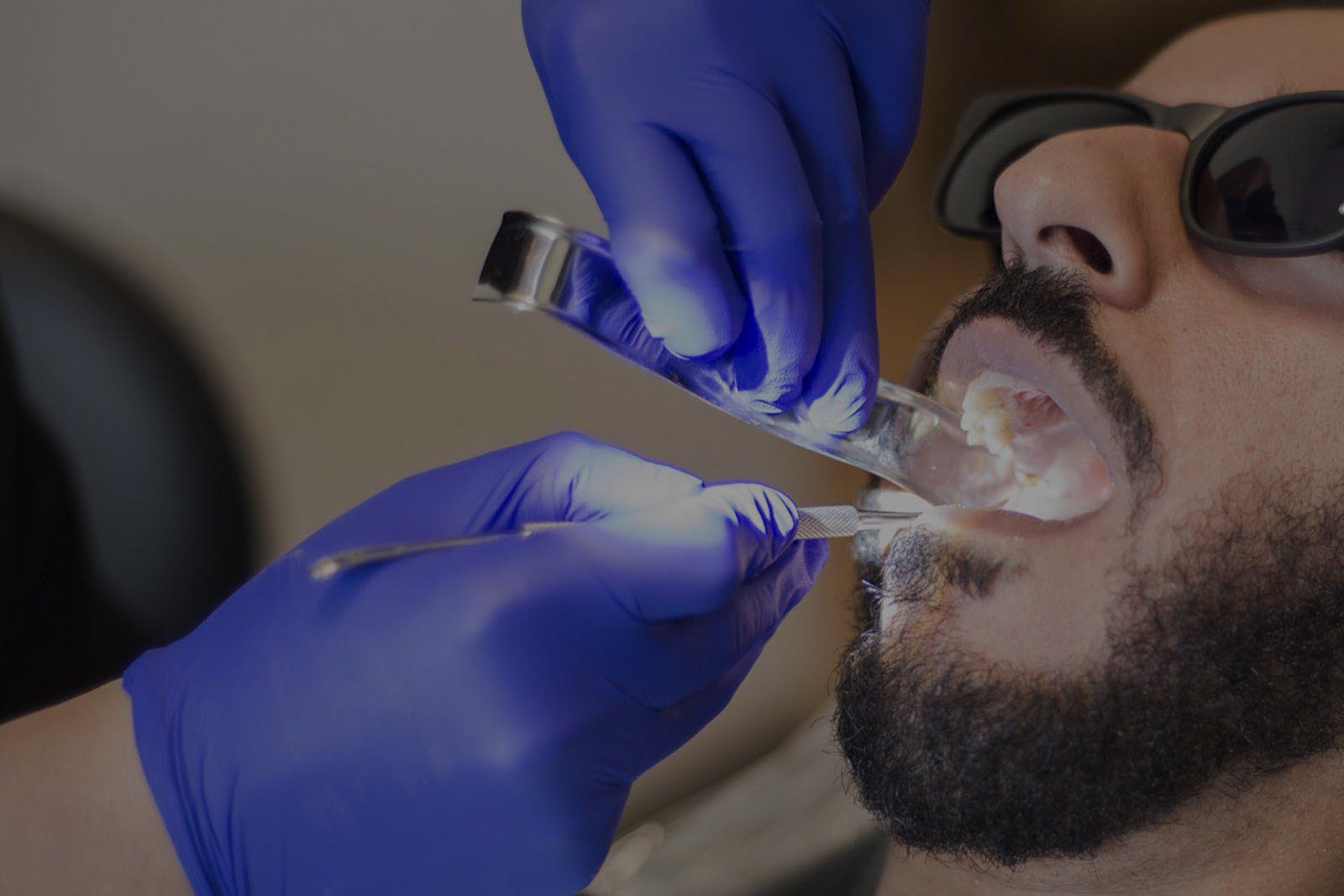For teeth, dental implants and crowns are both considered major restorative procedures that have been severely damaged or missing by your nearest dentist. Both the cosmetic aspect and functionality of your smile can be improved by both procedures. This article will help in determining which treatment you need and will also explain the difference as well.

Who Needs Implants Or Crowns?
Trauma, severe decay, root canal therapy, or damage below the gum line can cause irreparable harm to your teeth. Your dentist will recommend a crown be placed over the tooth after Root Canal Treatment in the case where part of the tooth can be saved. It may be necessary to extract the tooth and replace it with a dental implant, when more severe damage is sustained to the tooth, such as a crack below the gum line.
- Dental Implants
To missing teeth, dental implants are a permanent solution. They are extremely durable and function and look exactly like your natural teeth is the biggest example of dental implants. Implants take multiple visits to your dentist and may take months to fully heal and can be completely functional is the disadvantage of dental implants. On the bone density in your jaw, the success of the implant is also largely dependent.
Using anchors called “posts”, implants are surgically “implanted” into your jawbone. Your dentist will place the post into the jawbone during the first visit. For several weeks, the post gets a protective cover while the post fuses with the jawbone to form a permanent bond. The dental implants near me cannot be successful and other means of restoration must be used if the fusion does not take place.
To allow the gums to re-form and grow around the tooth a temporary prosthetic tooth is set on the post once the implant post is secured to the bone.
- Crowns
When part of a tooth can be saved, a crown is a viable solution as with most root canal therapies. The “shell” of the tooth generally remains intact after the procedure because root canal therapy removes only the top and inside or pulp of the tooth. The tooth is very fragile however and must be reinforced through a restorative procedure such as a dental crown.

To restore the strength, functionality, and shape of the tooth, a cap shaped like your tooth called a tooth crown is used. In some cases, small posts may be inserted into the tooth’s roots to act as an anchor for the crown because a crown is cemented into place at the margin or gum line.
It is minimally invasive and requires only a few visits to the dentist is the most distinct advantage of a crown. But tooth crowns before and after are not permanent. They will eventually need to be replaced while they may last many years.
Talk to your dentist about whether a dental implant or crown might be right for you if you have badly damaged or missing teeth that require a restorative procedure.

No comments:
Post a Comment